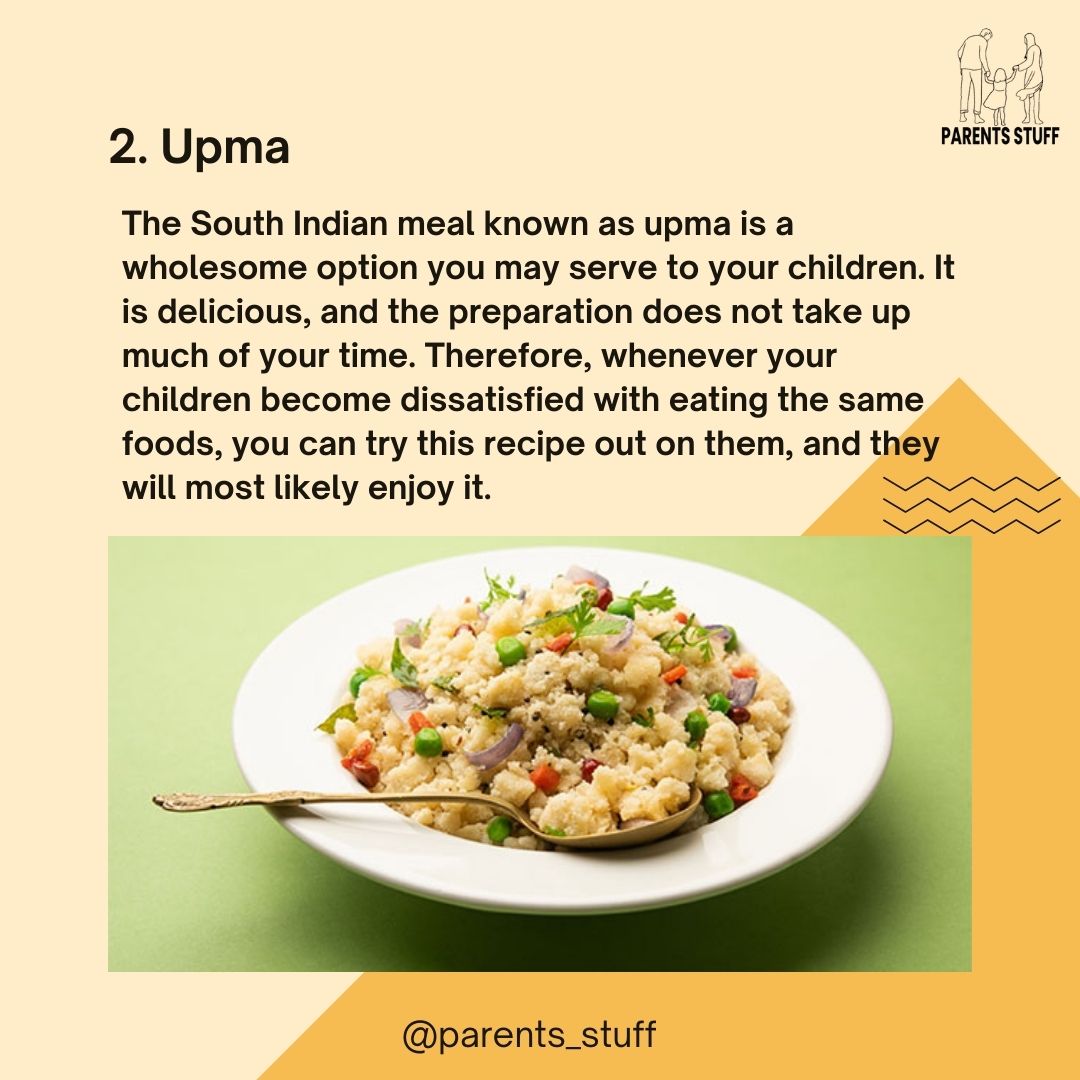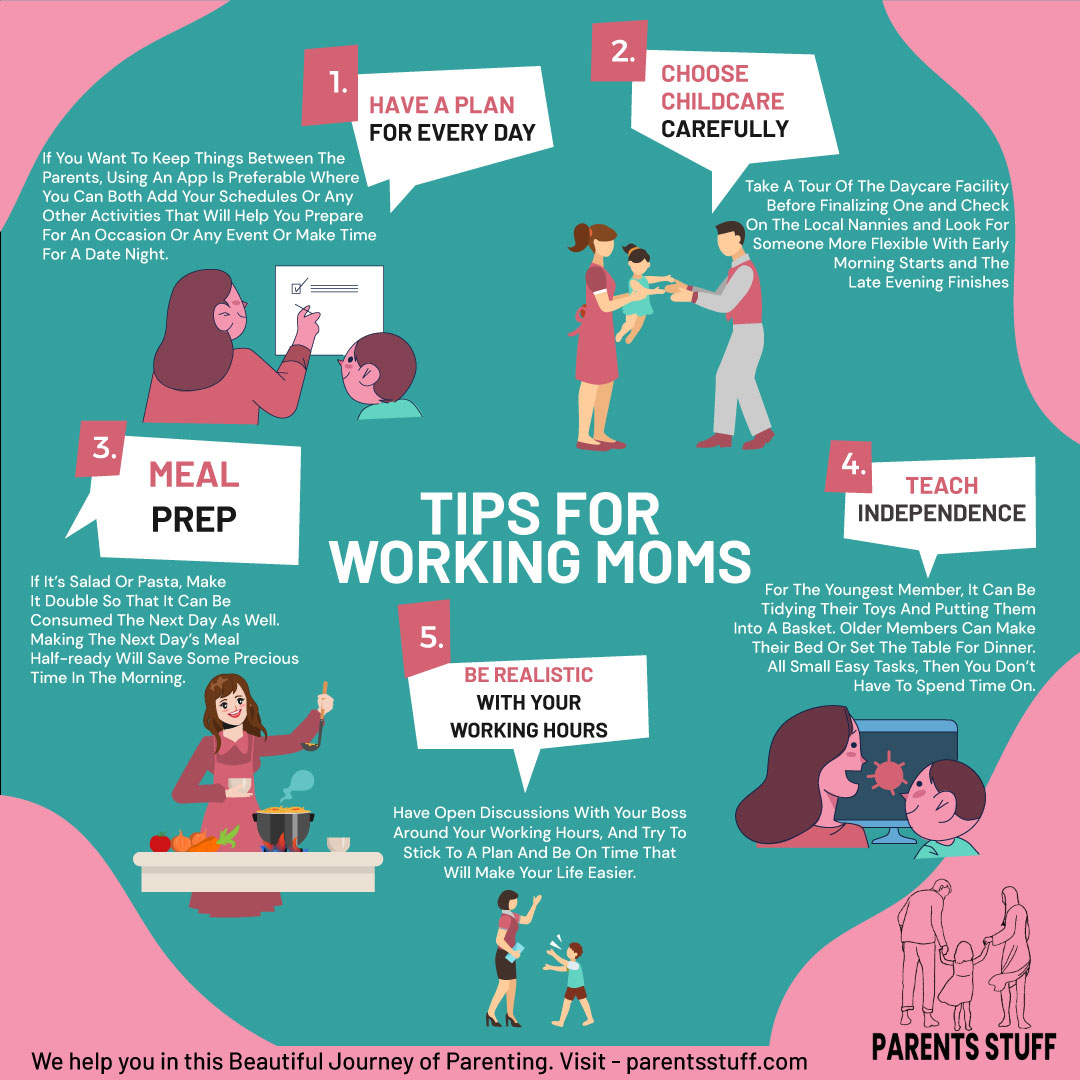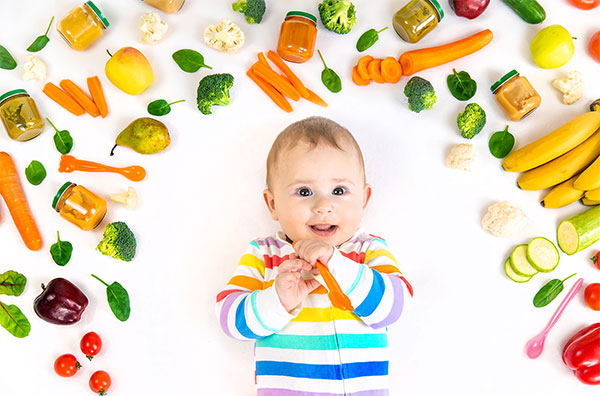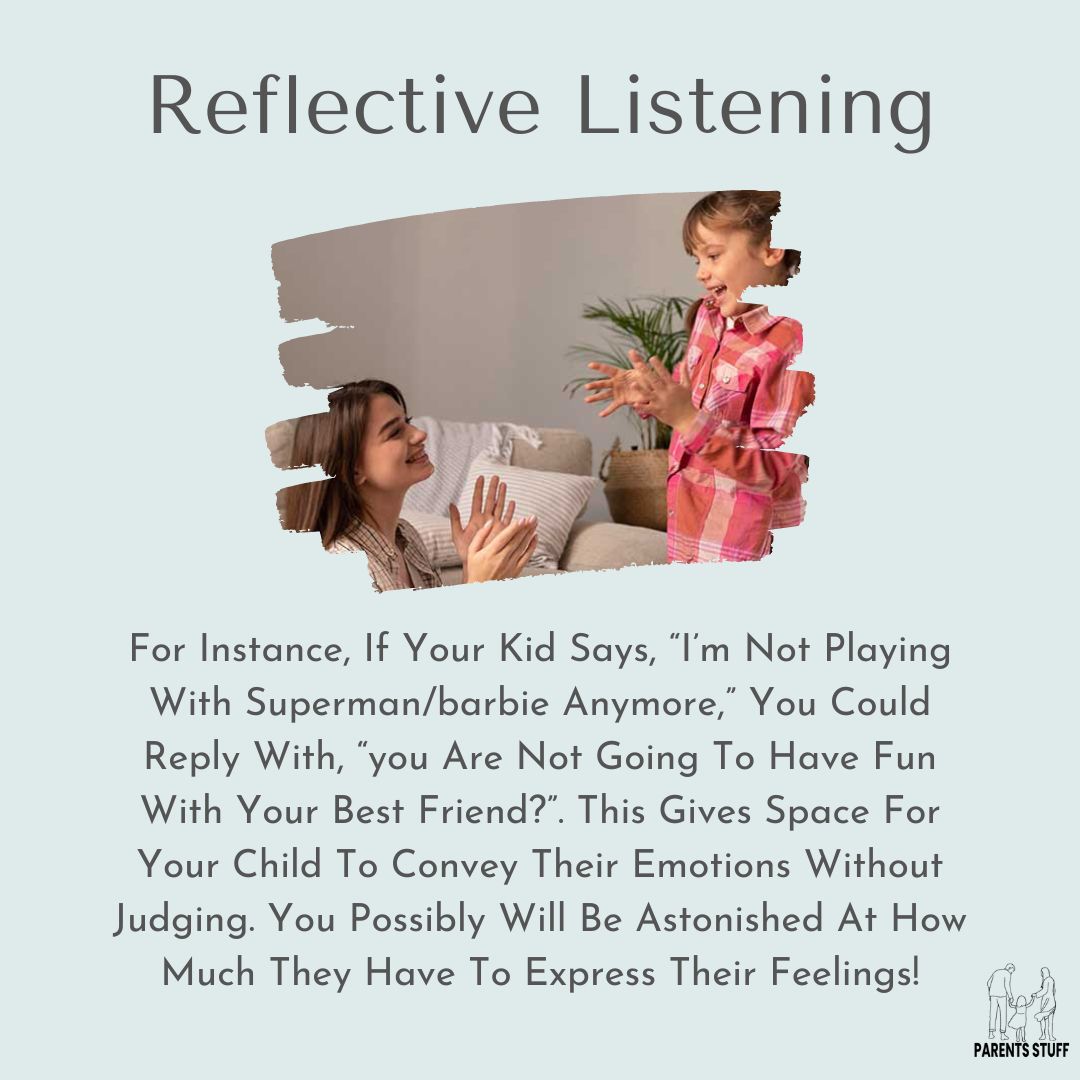No parent wants to settle for “just full”—we want our children’s minds to flourish. That’s why brain-boosting foods for growing kids matter so much: they lay the foundation not just for strong bodies but for sharp memory, focused attention, and creative thinking. Integrating the right mix of healthy fats, proteins, vitamins, and minerals can spark lifelong learning habits, bolster emotional resilience, and support every school-day challenge. In this article, you’ll discover how simple pantry swaps and family-friendly recipes can ignite your child’s cognitive potential—plus fun ways to get them involved in meal prep and mindful eating.
1. Critical Nutrients for Developing Brains
1.1 Omega-3 Fatty Acids
Long-chain omega-3s (DHA and EPA) are essential for constructing cell membranes in the brain and retina. Studies link higher DHA intake to improved attention span and reading skills.
Top Food Sources:
- Fatty fish (salmon, sardines, mackerel)
- Chia and flax seeds
- Walnut butter
- Interactive Prompt: Challenge your child to a “fish-of-the-week” taste test. Let them rate flavors and help pick the winner for dinner.
1.2 Choline
Choline supports the production of acetylcholine, a neurotransmitter vital for memory and learning. While the body makes some choline, children need dietary boosts.
Top Food Sources:
- Eggs (especially yolks)
- Lean beef and chicken
- Soybeans and tofu
- Interactive Prompt: Turn egg prep into a science lab—separate whites and yolks, then have your child guess which part helps build brain cells.
1.3 Antioxidants (Vitamins A, C, E)
Antioxidants protect neurons from oxidative stress. A colorful plate often signals a spectrum of brain-protective phytonutrients.
Top Food Sources:
- Berries (blueberries, strawberries) for vitamin C
- Spinach and kale for vitamin A precursors (beta-carotene)
- Almonds and sunflower seeds for vitamin E
- Interactive Prompt: Create a “rainbow bowl” at breakfast—strawberries, mango, kiwi, blueberries—and have kids name the colors as they eat.
1.4 B-Vitamins (B6, B12, Folate)
B-vitamins facilitate energy production and neurotransmitter synthesis, underpinning mood regulation and cognitive endurance.
Top Food Sources:
- Whole grains (oats, brown rice) for B6 and niacin
- Leafy greens (spinach, broccoli) for folate
- Dairy products and fortified cereals for B12
- Interactive Prompt: Build a “whole-grain tower” by layering yogurt, granola, and fruit parfait—talk about how grains fuel brain power.

1.5 Iron and Zinc
Iron carries oxygen to the brain, while zinc supports synaptic function. Deficiencies in either can impair attention and learning.
Top Food Sources:
- Lean meats and poultry for heme iron
- Lentils, chickpeas, and pumpkin seeds for non-heme iron and zinc
- Fortified cereals
- Interactive Prompt: Let your child soak beans overnight, then take “before and after” photos—discuss how soaking makes nutrients more available.
1.6 Protein
Proteins supply amino acids—the building blocks of neurotransmitters like dopamine and serotonin, which regulate attention and mood.
Top Food Sources:
- Greek yogurt and cottage cheese
- Beans and legumes
- Lean poultry and fish
- Interactive Prompt: Host a “protein passport” week, where each day features a new protein source from around the world (e.g., edamame, hummus, chicken tikka).
Visit: how to handle sibling rivalry
2. Putting It on the Plate: Meal-Planning Strategies
2.1 Balanced Breakfasts
- Idea 1: Berry-Oat Power Bowl
Rolled oats cooked in milk, topped with flax seeds, mixed berries, and a drizzle of almond butter. - Idea 2: Spinach-Egg Wrap
Scrambled eggs with spinach folded into a whole-grain wrap, served with sliced oranges.
2.2 Smart Snacks
Energy Bites: Blend dates, oats, chia seeds, and cocoa powder into bite-sized balls—refrigerate for quick brain-fuel boosts.
- Veggie Sticks & Hummus: Carrot and cucumber strips dunked into protein-rich hummus.
- Interactive Prompt: Create a “snack chart” on the fridge. Each time your child chooses one of these options, earn a sticker toward a weekend adventure.
2.3 Nutrient-Rich Lunches
- Chicken & Quinoa Salad: Grilled chicken, quinoa, edamame, and bell peppers tossed with lemon-tahini dressing.
- Black Bean & Sweet Potato Tacos: Seasoned black beans and roasted sweet potatoes in soft tortillas, topped with avocado.
2.4 Family-Style Dinners
- Baked Salmon & Veggie Medley: Omega-3–rich salmon fillets baked with olive oil, served alongside steamed broccoli and brown rice.
- Turkey Chili: Lean turkey, beans, tomatoes, and spices simmered slowly—rich in protein, iron, and antioxidants.

3. Grocery Shopping & Kitchen Habits
3.1 Smart Shopping Tips
- Shop the Perimeter: Fresh produce, proteins, and dairy lie around the store edges—minimize processed center aisles.
- Seasonal & Local: In-season fruits and vegetables are often more nutrient-dense and budget-friendly.
- Read Labels: Watch for “no added sugars” on yogurts and cereals; choose minimal-ingredient options.
3.2 Involving Kids
- Grocery Scavenger Hunt: Give a list of brain foods and let kids find them in the store.
- Color-Coding Cart: Assign a color for each nutrient category (e.g., green for leafy veggies, red for berries) and group items accordingly. Give your child the full advantage: balanced nutrition and self-awareness! Join our engaging program for personality development for kids today and watch them thrive both in the classroom and the real world.

4. Overcoming Picky Eating & Boosting Variety
4.1 Taste-Testing Adventures
Offer small “sample spoons” of new foods alongside familiar favorites—less pressure, more exploration.
Create “flavor passports” where kids earn stamps for trying new items.
4.2 Creative Presentations
- Veggie Noodles: Spiralize zucchini or carrots to mimic pasta—serve with tomato sauce and lean meatballs.
- Fruit-Infused Smoothies: Blend spinach or kale with banana, berries, and yogurt—kids typically love the sweetness.
4.3 Positive Reinforcement
- Praise efforts, not just wins. Even a “thank you for tasting” encourages a growth mindset around food.
- Avoid labeling foods “good” or “bad”; focus on “brain boosters” and “energy providers.”

5. Lifestyle Factors That Amplify Nutrition
5.1 Hydration
Adequate water intake helps maintain concentration and mood. Encourage fun water routines:
- Flavor Infusions: Add sliced cucumber, mint, or berries to water pitchers.
- Hydration Reminders: Set phone alarms or use colorful water bottles.
5.2 Sleep & Movement
Nutrition works best when paired with good sleep and exercise. Aim for:
- Regular Bedtimes: Consistent sleep schedules support memory consolidation.
- Active Play: Outdoor games and sports boost circulation to the brain. Ready to complement your child’s brain-boosting meals with confidence and communication skills? Enroll now in our personality development classes—where healthy minds meet strong character!

6. Monitoring Progress & Adjusting Goals
6.1 Food Journals
Keep a weekly log of brain-boosting meals. At week’s end, review:
- Which meals were favorites?
- What new foods were most accepted?
- Where can variety be added?
6.2 Growth Chart Check-Ins
Discuss how balanced nutrition makes school and play more fun—connect diet to real-world energy and focus improvements.
- Interactive Prompt: At your next family meeting, have each child share their top three “brain foods” of the week and why they liked them.
Visit: travel destinations for family holidays
Conclusion
By emphasizing brain-boosting foods for growing kids—rich in omega-3s, choline, antioxidants, B-vitamins, iron, zinc, and protein—you give your child the nutritional tools for sharper focus, better memory, and enhanced creativity. Coupled with family involvement, smart shopping, and healthy lifestyle habits, these dietary choices set the stage for lifelong learning and well-being. Start small, track progress, and celebrate every new taste: your child’s brain will thank you with brighter school days and boundless imagination.

